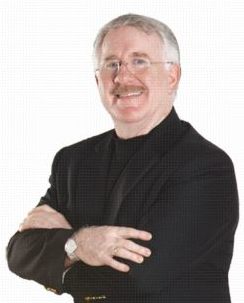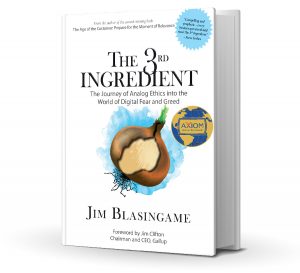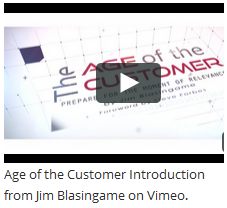The Age of the Customer is disrupting and making obsolete many older practices, but not the requirement for business planning, especially cash flow.
 A business plan is the result of thinking, researching, strategizing, and reaching conclusions about how to pursue opportunities. It may exist only in the head of the planner, but it’s better when written down.
A business plan is the result of thinking, researching, strategizing, and reaching conclusions about how to pursue opportunities. It may exist only in the head of the planner, but it’s better when written down.
Whether elaborate or simple, a written business plan is an assembly of facts, ideas, assumptions, and projections about the future. Here are three ways to use a written plan:
- To document the due diligence on a new business or the future of an existing one.
- To evaluate opportunities and challenges, and compare them with your strengths and weaknesses.
- To assist when getting a bank loan and essential when courting investors.
So how does a static, written plan work when a business is always in motion? It works when you turn your plan into planning. A plan is like a parked car; planning is taking that car on a trip.
Planning is measuring your business motion against the baseline of assumptions and projections you made in your plan. Planning allows you to see how smart you were when the plan was written, or where your research and assumption skills need work. It also highlights external forces you face.
Written business plans often become collateral damage during challenging economic times. But you can’t allow planning to meet the same fate. Indeed, when things slow down there is even greater need to check your position than when things are rockin’ and rollin’.
 Here is a critical two-step planning activity that is the heart of a business plan and the essence of planning. Beginning with these will help you operate more successfully anytime, but especially when things are slow.
Here is a critical two-step planning activity that is the heart of a business plan and the essence of planning. Beginning with these will help you operate more successfully anytime, but especially when things are slow.
1. Build a 12-month cash flow spreadsheet in a program like Excel, so you can project and track the monthly relationship between cash collections and cash disbursements from all sources. This planning tool will provide a rolling picture of cash flow in any given month.
2. Look at the “Ending cash” number at the bottom of each month’s column. A negative number in any month means you’ll need to add cash from sales, reduce expenses, add cash from another source, like a bank loan, or some combination.
A banker once told me that if I could bring him only one financial document with a loan request it should be a 12-month cash flow projection that included both how the borrowed cash would be used and the debt service. I always listen to my banker and you should too.
A business plan is important, but planning is essential.















